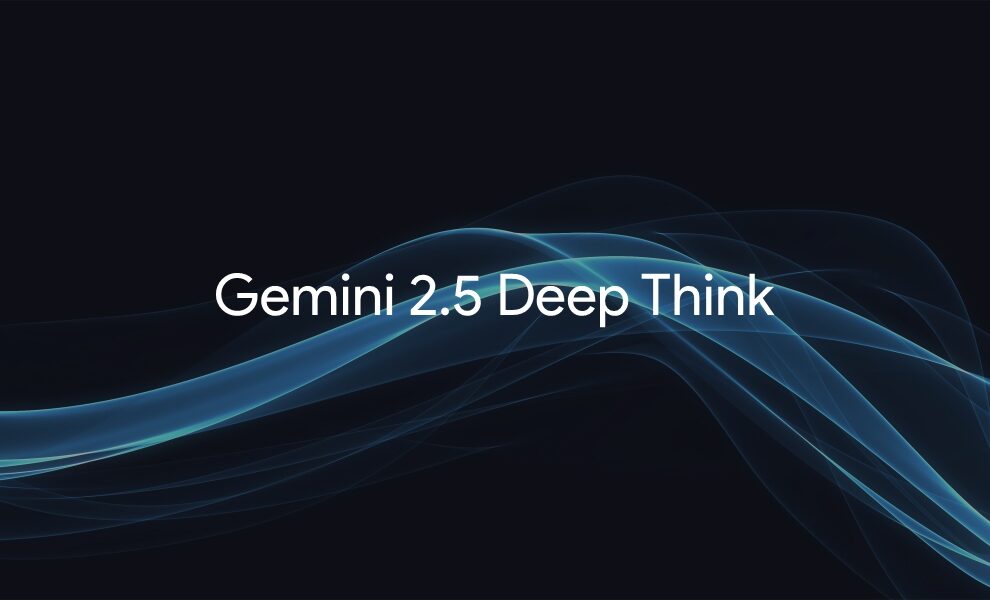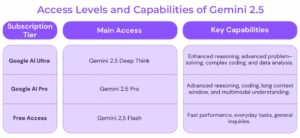Think about asking a friend to read a short story and tell you the exact moment a character decides to change their life. Pretty easy, right? Now imagine giving them a massive novel like War and Peace and asking them to find one specific conversation between two side characters buried hundreds of pages in. That’s a whole different level of challenge. It is not just about reading; it is about remembering, connecting the dots, and making sense of a huge amount of information. That is exactly the kind of deep thinking Google’s Gemini 2.5 is built to handle.
For the longest time, this has been the fundamental challenge for artificial intelligence. While AI models could generate text or answer questions, their “memory” was short. They struggled to maintain a coherent thread of thought across large amounts of data. This changed with the announcement of Google’s Gemini 2.5 Deep Think, a feature that feels less like a simple upgrade and more like a fundamental shift in how AI can reason with information.
This is not about an AI that talks faster or creates prettier pictures. It is about an AI that can, for the first time for many users, truly think deeply. In this article, we will break down what this deep thinking feature actually means, how you can get your hands on it, and the very real impact it is starting to have on research, creativity, and problem-solving.
What Exactly Is the “Deep Think” Feature?
A super-powered AI mode designed for deep, complex problem-solving, like having an AI “brainstorm” on a difficult task. At its heart, the Gemini 2.5 Deep Think capability is about context. In the world of AI, ‘context’ refers to the amount of information that is text, code, or other data that the model can process and understand in a single go. Think of it as the AI’s active working memory.
Previous generations of AI had a context window similar to a small notepad. They could remember the last few things you said. Gemini 2.5 Pro, the model that houses the deep think feature, boasts a staggering 2 million token context window. To put that in human terms, that’s not a notepad; it’s an entire library. This allows the model to process and reason across immense datasets simultaneously.
Key Features
- Thinks in Parallel: Explores many solutions at once for more creative answers.
- Takes Its Time: “Thinks” longer to tackle multi-step problems.
- Massive Memory: Can process huge amounts of text, code, or data at once.
- Uses Tools: Can automatically search the web and run code.
Who Can Access It?
- Currently it is available for Google AI Ultra paid subscribers only (with a daily limit). Soon it will be available for developers and businesses through an API.
Potential Impact
- Science & Coding: Accelerate research and solve complex programming challenges.
- Business & Law: Improve decision-making with deep analysis in finance and legal fields.
- Design: Help with creative and iterative design tasks.
The table below provides a simple overview of the access levels and what they offer:
The term “Deep Think” in Gemini 2.5 reflects how the AI processes information. It doesn’t just collect data; it actively analyzes it, finds connections, and draws meaningful insights. Think of it like the difference between quickly reading a book summary and doing a detailed study of the entire book, including its footnotes and expert reviews. Gemini 2.5 treats all the information as one complete picture, helping it understand and respond in a much deeper and more thoughtful way.
How Can You Access Gemini Deep Think?
As of now, such a powerful tool is not just freely available to everyone for query. It would be like using a supercomputer to calculate a simple tip, incredibly inefficient and costly for the provider.
Currently, Google is rolling out access to the Gemini 2.5 Deep Think feature in a few specific ways. First, it is available to a limited group of developers and enterprise customers through Google AI Studio and Vertex AI, allowing them to build and test groundbreaking applications. Second, Google is running a private preview for a select group of users to test its capabilities in the real world.
For the everyday user of the free Gemini chatbot, your experience is already being powered by the robust Gemini 2.5 Pro model, but you likely won’t trigger the full 2 million token Deep Think process for asking about the weather. However, as the technology is improving, we can expect its capabilities to trickle down into more common uses, making our interactions with AI far more nuanced and helpful.
Limitations & Considerations
- Expensive & Slow: Uses a lot of computing power, so responses can be slower.
- Needs Clear Prompts: May refuse vague questions; you must be precise.
- Not Perfect: Can still make mistakes or reflect biases from its training data.
The Real-World Impact: Beyond the Hype
The technical specs are impressive, but what does this actually do? The impact is being felt in fields that require deep analysis.
- Academic and Scientific Research: A researcher can now upload hundreds of scientific papers on climate change or a specific medical condition and ask Gemini 2.5 Deep Think to identify conflicting conclusions, find overlooked connections between studies, or even generate a comprehensive literature review, complete with citations. This cuts down weeks of manual labor to mere hours.
- Software Development and Code Analysis with Gemini 2.5: With Gemini 2.5, development teams can upload their entire codebase, including all files, libraries, and dependencies, and ask the model to help solve complex problems. Whether it is finding a hidden bug, suggesting performance improvements, or checking if a new feature might affect other parts of the system, Gemini 2.5 can analyze the project as a whole. It doesn’t just look at isolated pieces of code. It understands how everything fits together, making it a powerful tool for smarter and safer software development.
- Creative and Content Industries: A filmmaker could upload an entire script, along with notes from the book it was based on, and ask for analysis on character consistency. A legal team could review thousands of pages of case law to prepare for a trial. The ability to “remember everything” makes AI a powerful partner in complex creative and analytical endeavors.
A recent study by Google researchers demonstrated the model’s effectiveness by using it to perform a “needle-in-a-haystack” test across a corpus of text the size of The Great Gatsby. The model finds the randomly inserted piece of information with near-perfect accuracy and correctly answers nuanced questions about the surrounding context, proving its deep comprehension.
A Step towards More Thoughtful Technology
Deep Think is a powerful, specialized tool for tough problems, but it’s a premium feature with limitations that require responsible use. The introduction of features like Gemini 2.5 Deep Think signifies a move away from AI as a mere content generator towards AI as a genuine reasoning engine. It is designed to help us handle complex problems, make sense of large amounts of information, and support deeper thinking.
Of course, this technology is still evolving. Concerns around energy use, processing power, and accuracy are valid and part of an ongoing discussion. But the potential is clear. Gemini 2.5 points to a future where AI can work alongside us, not to replace human thinking, but to strengthen it, helping us tackle challenges that were once too big for us to solve alone.
To learn more about the latest trends, visit HiTechNectar!
FAQs
Q1. What is Deep Think Gemini?
Answer: Deep Think Gemini is a feature in Google’s Gemini AI that helps it understand and reason through large amounts of information, not just generate content. It is designed to think more deeply and make smarter connections.
Q2. What is Gemini 2.5 Pro deep think?
Answer: Gemini 2.5 Pro deep think is a more advanced version of the AI that can analyze entire datasets, codebases, or documents as a whole. It is built to handle complex tasks like debugging code or finding insights across long texts.
Q3. Is Gemini 2.5 a thinking model?
Answer: Yes, Gemini 2.5 is designed to go beyond basic responses. It can reason, connect ideas, and understand context, making it more like a thoughtful assistant than a simple chatbot.
Recommended Reading:
How to Create Free Ghibli-Style AI Images & Animated Videos Using ChatGPT, Grok-3, and Gemini?



